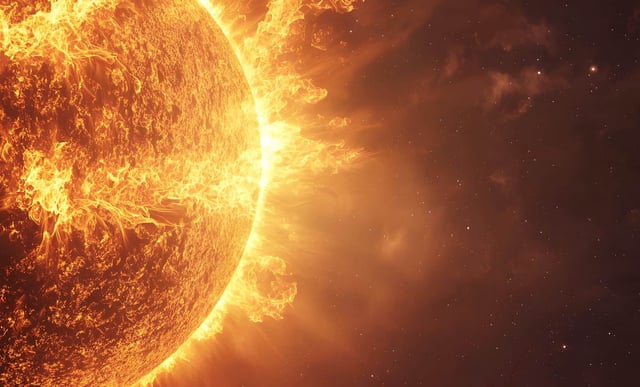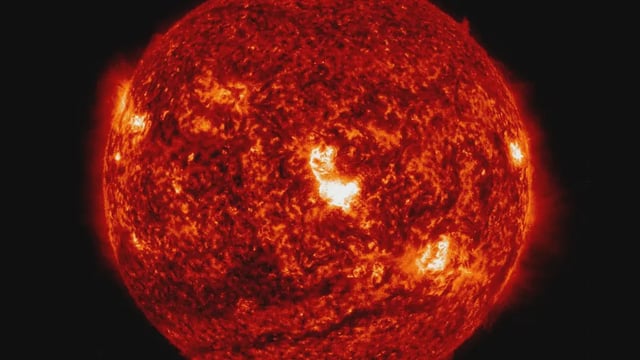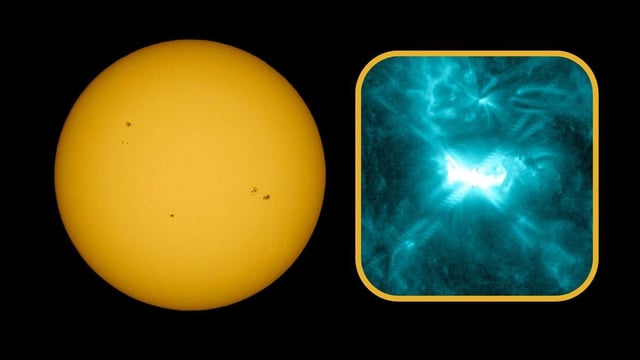Overview
- A moderately strong M4.4 flare erupted from sunspot AR 4168 on August 5, producing at least one coronal mass ejection observed in solar coronagraph data.
- Initial CME modeling indicates most ejecta will pass ahead of Earth’s orbit but leaves open a chance for a glancing blow or shock arrival around August 8.
- By NOAA’s space weather scale, M1–M4 flares correspond to R1–R2 minor radio blackouts, so any HF outages are expected to be brief and weak with no satellite or power-grid disruptions.
- Forecasters warn the glancing CME shock could trigger a G1 geomagnetic storm and brief auroras over far-northern Europe and Canada.
- The rapidly evolving, complex magnetic field of AR 4168 keeps space weather experts on alert for further moderate to strong flares as Solar Cycle 25 nears its peak.



